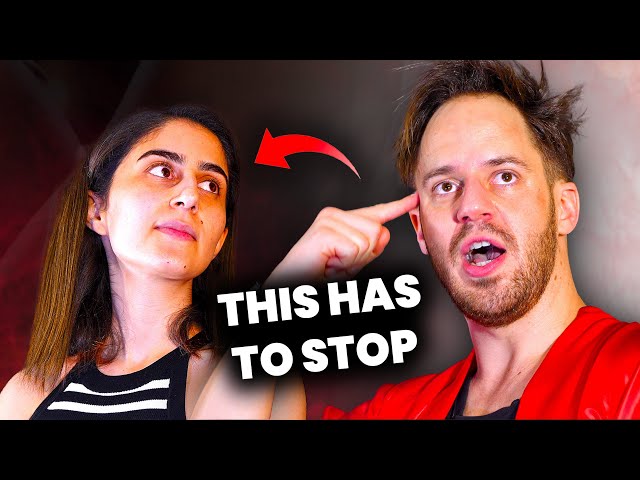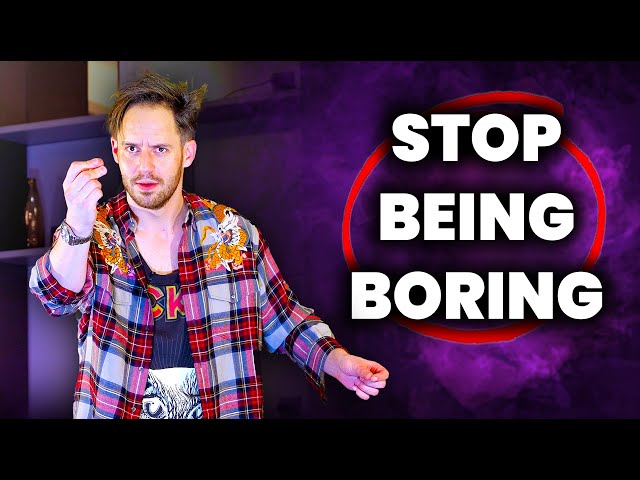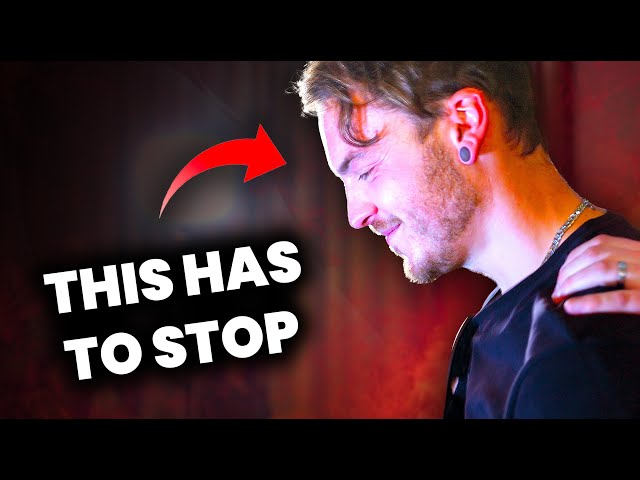Have you ever felt like you’re playing a role just to please others, even when it comes at the cost of your own happiness? Many people experience this, and it often leads to a lack of authenticity and confidence. But what if you could stop playing these roles and start building confidence by embracing your true self?
In one of my live seminars, a participant shared her deep fear of being seen as anything other than the “good girl” her parents always wanted her to be. This fear was holding her back from building real confidence. She had been labeled as quiet and compliant from a young age, and the thought of breaking out of that mold was terrifying.
Building Confidence by Letting Go of Fear
We explored why this fear ran so deep. It wasn’t just about disappointing her parents—it was about the fear of losing their approval and love. This is something many of us struggle with: the fear that being our true selves might lead to rejection from those we care about.
If you’re constantly playing a role to gain approval, the approval you get isn’t even for the real you—it’s for the facade. Building confidence means letting go of the need for approval and embracing your true self.
Embracing Authenticity: A Lesson from “Dead Poets Society”
In the seminar, I shared a powerful lesson from the movie “Dead Poets Society.” Robin Williams’ character challenges a student to stop playing the role of the “good son” for his demanding father. The student feared that if he pursued his passion for theater, his father would disapprove. But the key question was this: Is your parent’s approval more important than your own happiness?
For many people, the same question applies. Building confidence requires you to prioritize your own happiness and authenticity over the approval of others.
Breaking Through Fear to Build Confidence
During our session, we did an exercise to help the participant break through her fear. I asked her to scream as loud as she could—a simple act that she had never done before. The fear and resistance were palpable, but once she let out that scream, it was liberating. It was a huge step toward building confidence and embracing her true self.
Here’s something to think about: When did you first start hiding parts of yourself to fit into a specific image? What would it mean for you to let go of that facade and start building confidence by being your true self, even if it means facing disapproval from those you love?
Letting Go of Approval-Seeking
Building confidence doesn’t mean rejecting your loved ones. It’s about being honest with yourself and with them. It’s about cutting the invisible umbilical cord that ties you to an identity that’s not really yours. You can still love and respect your parents while being true to who you are.
Reflect on this: Is maintaining the approval of others worth sacrificing your own happiness and authenticity? To truly build confidence, you must find a balance where you can be yourself and still have meaningful, healthy relationships with those around you.
Practical Steps for Building Confidence
Here are some insane tricks for building confidence by embracing authenticity and letting go of approval-seeking:
- Acknowledge Your Fear: The first step to building confidence is recognizing the fears that hold you back. Ask yourself, “Why am I afraid of being my true self?”
- Practice Authenticity: Start small by expressing your true self in safe situations. Over time, this will help you build the confidence to show your authenticity in more challenging scenarios.
- Stop Seeking Approval: Realize that the approval you’re getting is for a version of you that isn’t real. Building confidence means prioritizing your own happiness and self-worth over external validation.
- Challenge the Facade: Ask yourself when you started playing roles to fit a specific image. What would happen if you let go of that facade and embraced your true self?
Conclusion: Building Confidence Through Authenticity
Building confidence isn’t about playing roles or seeking approval—it’s about being true to yourself. By letting go of the fear of disapproval, you can start embracing your real self, free from the constraints of the roles you’ve played for others.
Reflect on your life: Are you living authentically, or are you hiding parts of yourself to please others? Building confidence means finding that balance between self-expression and maintaining healthy relationships. Take the first step today, and start living your life for you.

Julien Blanc
Want to meet me in person? Get your ticket for the NO ANXIETY TOUR and take the next step toward a life without anxiety.
Frequently Asked Questions (FAQs)
What is the key to building confidence?
The key to building confidence is letting go of the need for approval from others and embracing your true self. Confidence comes from being authentic, even when it means facing disapproval.
How can I stop playing roles to please others?
To stop playing roles, start by acknowledging the fears that hold you back from being authentic. Gradually practice showing your true self, even in small, safe situations, and recognize that approval from others doesn’t define your worth.
How can breaking through fear help me build confidence?
Breaking through fear is essential for building confidence. By confronting the fears that keep you stuck in a false identity, you can start expressing your real self and become more confident in all areas of life.
What steps can I take to start building confidence?
Start by identifying the fears that hold you back. Practice being authentic, stop seeking approval, and challenge the roles you’ve played for others. This will help you build lasting confidence.
Why is authenticity important for building confidence?
Authenticity is important for building confidence because it allows you to live in alignment with your true self. When you stop playing roles and embrace who you really are, confidence naturally follows.







